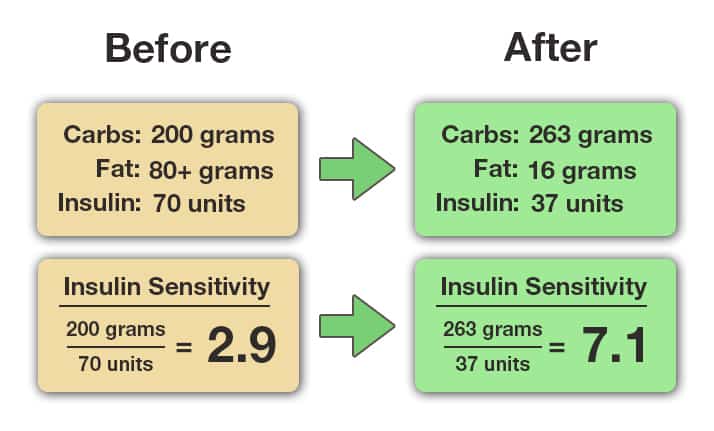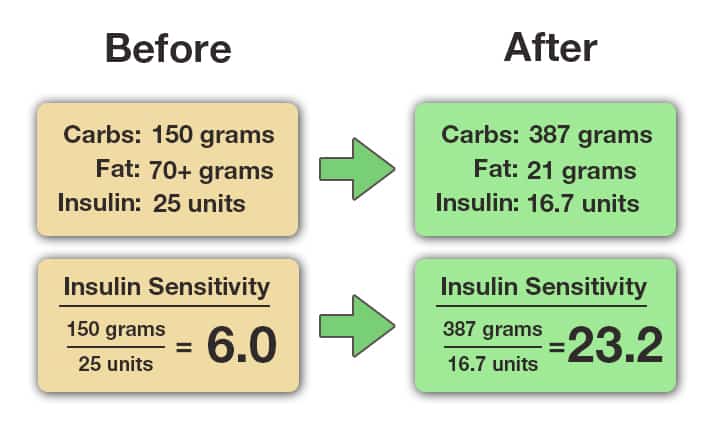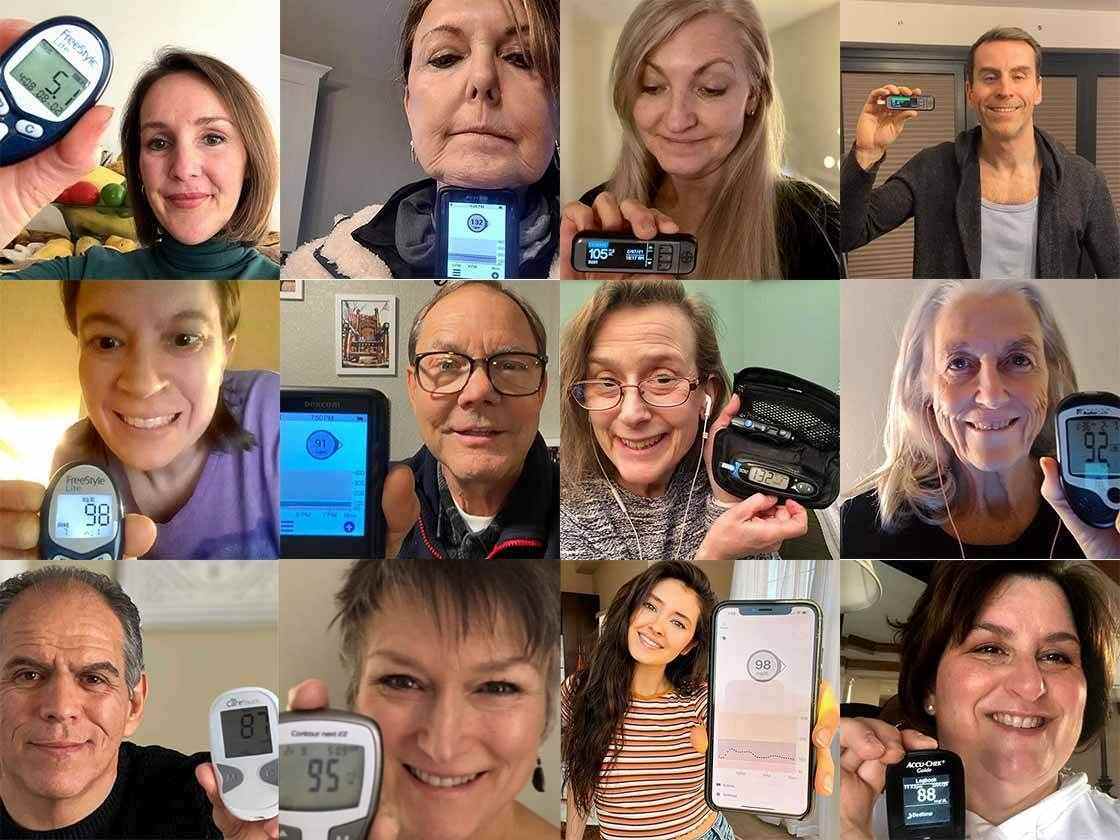It’s always a rare opportunity to learn about the day-to-day life of people living with both type 1 and type 2 diabetes. While everybody has their own individualized methods for controlling blood glucose, preserving insulin sensitivity, performing frequent exercise and taking medication, the one puzzle piece that unites many living with diabetes is simple:
Unfortunately, many people living with diabetes suffer from a serious lack of education about the actual cause of blood glucose variability. And it’s not their fault.
There seems to be a gross miss understanding of diabetes nutrition, which has resulted in alarmingly high rates of diabetes across the U.S. and across the world. On one hand, our country has some of the best medical care in the world. On the other hand, understanding exactly what to put into your mouth when living with diabetes has become an endlessly confusing question with a multitude of misleading answers.
That’s exactly why we put on the Mastering Diabetes Retreat in Southern California in January 2016. It provided us with an opportunity to connect and learn from individuals living around the world with both type 1 diabetes and type 2 diabetes.
I co-hosted the retreat with many extremely talented individuals – Jewels Brown and Robby Barbaro. In addition, we had top-notch medical support from Kylie Buckner RN, MSN, and Dr. Nancy Bohannon M.D., a diabetes endocrinologist practicing in San Francisco. This all-star team of diabetes experts included Stefanie Dougherty, and our mission was to instruct, inspire and motivate people living with both type 1 and type 2 diabetes to understand a completely new version of nutrition and fitness for diabetes management, from the ground up. Watch this video for an idea of how much fun we had:
Retreat Protocol
Step 1: On day 1 we transitioned everyone to a low-fat, raw food vegan diet. We chose a raw diet in order to simplify food preparation, make exceptionally tasty food, and because a low-fat, raw-food vegan diet is quickly becoming the new gold-standard for reversing insulin resistance in a repeatable manner.
Step 2: We maintained all individuals on this diet for 4 days in a row.
Step 3: We encouraged all participants to exercise twice per day – once in the middle of the morning for 30-45 minutes and once in the middle of the afternoon for 30-45 minutes.
Step 4: We hosted 3 lectures per day about the following topics:
- Blood glucose variability
- Emotional eating
- Intermittent fasting
- Exercise
- Insulin resistance
- Safely reducing medication
- The biology of insulin
- Glycogen: the forgotten fuel
- And much, much more...
Step 5: We attached continuous glucose monitors (CGMs) to 6 individuals in order to understand the acute changes in blood glucose that occur when transitioning to a low-fat plant-based diet
Results
In this article, I will report on only on the acute changes observed in 3 individuals living with type 1 diabetes, to highlight the profound difference a low-fat plant-based diet is capable of producing in a short period of time.
Simply stated, the results were astounding.
Participant #1:
- 13-year old female
- Diagnosed with type 1 diabetes in 2013
- Most recent A1c: 12.0%
- Average fasting blood glucose: 200+ mg/dL


Participant #2:
- 19-year old female
- Diagnosed with type 1 diabetes in 2001
- Most recent A1c: 6.3%
- Average fasting blood glucose: 152 mg/dL


Participant #3:
- 25-year old female
- Diagnosed with type 1 diabetes in 1998
- Most recent A1c: 6.9%
- Average fasting blood glucose: 142 mg/dL


Analysis
As you can see, participant #1 entered the retreat with an alarmingly high A1c value of 12.0%, and was using an average of 70+ units of insulin per day. Given her diet and lack of diabetes education, her blood glucose values remained above 200 mg/dL at all times. By reducing her fat intake, she was able to reduce her insulin usage by almost 50% in 4 days, while increasing her whole carbohydrate intake, for a combined insulin sensitivity increase of 245%.
Participants #2 and #3 both entered the retreat with great A1c values of 6.3% and 6.9%, respectively. Despite these A1c values, both participants experienced significant increases in their insulin sensitivity by dropping their fat intake below 20 grams per day.
Participant #2 more than doubled her carbohydrate intake while reducing her insulin usage by 33%. Participant #3 increased her carbohydrate intake by 62% while still recognizing a 17% drop in insulin usage.
The common threads that unite these 3 individuals are simple:
- They each reduced their total dietary fat intake to less than 20 grams per day
- They each increased their whole carbohydrate intake significantly
- They each reduced their insulin usage in order to minimize hypoglycemia
How to Calculate Insulin Sensitivity
In each of these scenarios, insulin sensitivity was calculated as the ratio of 24-hour carbohydrate intake to insulin usage within the same 24-hour period. This gives a metric for the amount of insulin required to effectively metabolize carbohydrates, and is a metric that combines both short-term and long-term insulin.

In each of these scenarios, insulin sensitivity was calculated as the ratio of 24-hour carbohydrate intake to insulin usage within the same 24-hour period. This gives a metric for the amount of insulin required to effectively metabolize carbohydrates, and is a metric that combines both short-term and long-term insulin.
Lower Your A1c and Get to Your Ideal Body Weight ... Guaranteed

Your results are guaranteed. Join more than 10,000 ecstatic members today
Personalized coaching puts you in immediate control of your diabetes health, helps you gain energy, improves your quality of life, and reduces or eliminates your meds.

